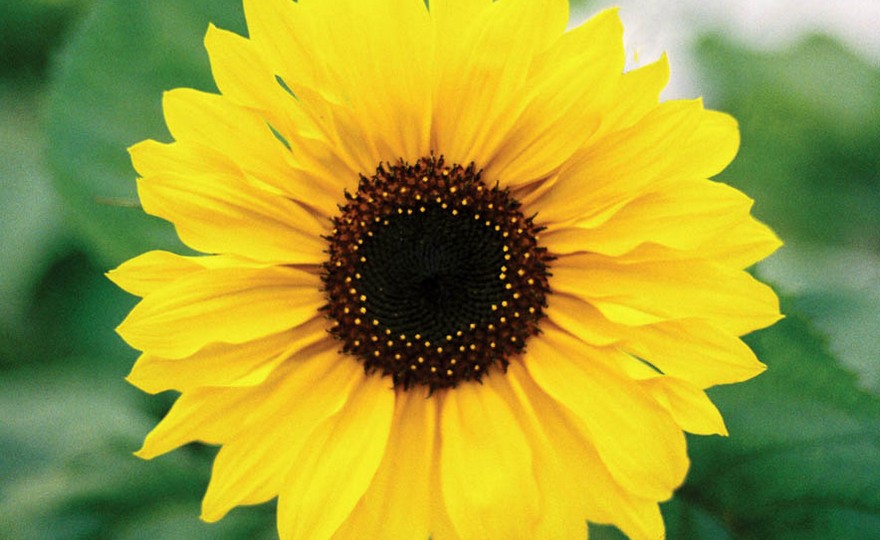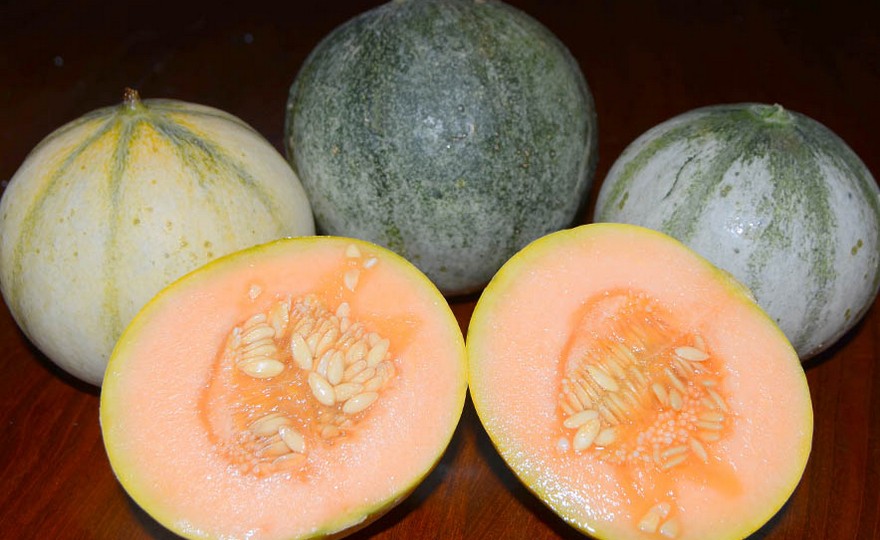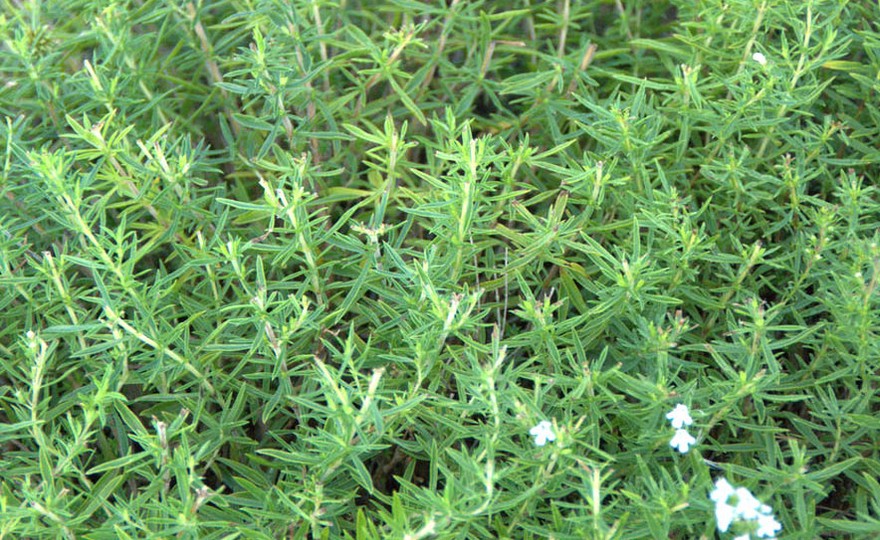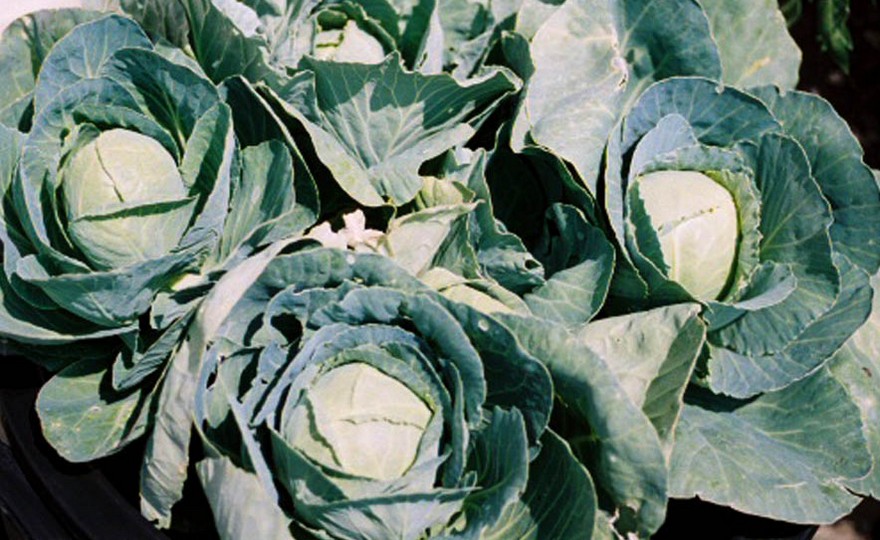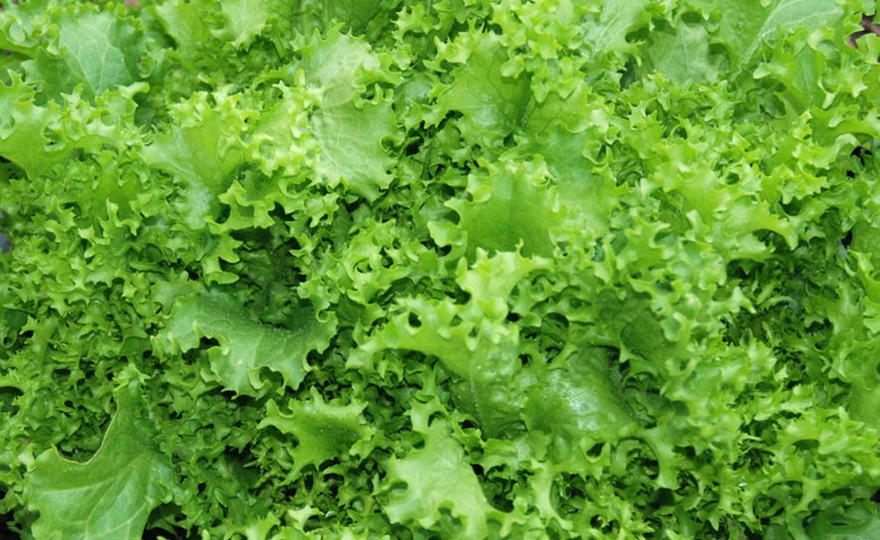
Okra, Burgundy
-
- **SOLD OUT** HOLIDAY GIFTS **SOLD OUT**
- **SOLD OUT** Holiday Books **SOLD OUT**
- **SOLD OUT** Holiday Citrus **SOLD OUT**
- **SOLD OUT** Holiday Gift Certificates **SOLD OUT**
- **SOLD OUT** Holiday Paperwhites **SOLD OUT**
- **SOLD OUT** Holiday Praying Mantis Kits **SOLD OUT**
- **SOLD OUT** Holiday Tools **SOLD OUT**
- **SOLD OUT** Holiday Wildflower Mixtures **SOLD OUT**
- Citrus Trees
- **SOLD OUT** - Vegetable and Herb Plants - Mix & Match any 6 Plants for $50 - Only Shipped in Quantities of 6
- Elephant Ear Plants & Roots
- **SOLD OUT** 4-Inch Pot Herb Plants **SOLD OUT**
- Rare Plants
- **SOLD OUT** Vining Plants **SOLD OUT**
- Asian Seeds
- Beneficial Bugs
- Books
- Citrus Fertilizers
- Cold-Treated Bulbs - SEE BULBS FOR FALL PLANTING TO ORDER
- Cold-Treated Allium
- Cold-Treated Chionodoxa
- Cold-Treated Crocus
- Cold-Treated Hyacinthoides
- Cold-Treated Hyacinthus Orientalis
- Cold-Treated Narcissus
- Cold-Treated Cyclamineus Narcissus
- Cold-Treated Double Heirloom Narcissus
- Cold-Treated Jonquilla Narcissus
- Cold-Treated Large Cupped Narcissus
- Cold-Treated Poeticus Narcissus
- Cold-Treated Small Cupped Narcissus
- Cold-Treated Species Miniature Narcissus
- Cold-Treated Split Cupped Narcissus
- Cold-Treated Tazetta Narcissus
- Cold-Treated Triandus Narcissus
- Cold-Treated Trumpet Daffodils
- Cold-Treated Ornithogalum
- Cold-Treated Rock Garden Iris
- Cold-Treated Scilla
- Cold-Treated Tulips
- Cold-Treated Emperor Tulips
- Cold-Treated Fringed Tulips
- Cold-Treated Green or Viridiflora Tulips
- Cold-Treated Lily Flowering Tulips
- Cold-Treated Parrot Tulips
- Cold-Treated Peony Flowering Tulips
- Cold-Treated Single Early Tulips
- Cold-Treated Single Late Tulips
- Cold-Treated Species Tulips
- Cold-Treated Triumph Tulips
- Flower Bulbs, Corms and Tubers
- Bulbs for Spring Planting
- Bulbs for Fall Planting - ALL BULBS AVAILABLE ARE COLD TREATED FOR PLANTING AS SOON AS SOIL CAN BE WORKED
- Fall Blooming Bulbs
- Garden Tools & Equipment
- Gift Certificates
- HHH Exclusive Wildflower Mixtures
- Wildflower Mixtures
- Heirloom Garlic
- Potatoes
- Roots & Sets
- Seeds
- Flowers
- Herbs
- Vegetables
- **SOLD OUT** HOLIDAY GIFTS **SOLD OUT**
-
- No products to compare
-
74 in stock
Quick Overview
OKRA, Burgundy –
Abelmoschus esculentus
FULL SUN Native to Northeast Africa where wild populations still grow along the banks of the White Nile, Okra was brought to the US in the 1660s by enslaved Africans. The name ‘okra’ comes from the West African Ashanti word ‘nkruma’. Burgundy Okra is a striking, 3-4 ft. tall plant, with bright green leaves, burgundy red stems, and lemon yellow, hibiscus-like flowers with large burgundy throats. To eat, harvest the fruit young when it is 3-4 in. The mature fruits, when dried, make outstanding floral arrangements. Heat and drought tolerant. Sow indoors 6 weeks before transplanting outside in peat pots. Okra does not like to have its roots disturbed, so the pot must be planted. Plant seed ½ in. deep. Transplant outside after danger of frost is over and soil has become very warm to a depth of 6 in. Add ¼ cup bone meal to the soil when planting. Space plants 12-18 in. apart in rows 24-36 in. apart.
| Type | Spacing | Planting Depth | Days to Germination | Maturity |
| Okra | 12-18 in. | 1 in. | 14-21 | 65 |

Okra, Burgundy
Okra is a beautiful ornamental plant which produces flowers which resemble hollyhock or hibiscus blossoms as well as a delicious and nutritious vegetable. Okra most likely originated in northeast Africa where okra plants can be found growing wild along the banks of the White Nile River and where it has been part of the cuisine for thousands of years. The name, “okra”, comes from the West African Ashanti word, “nkruma”, and its Cajun name, “gumbo”, comes from the Bantu word, “ngombo”. Okra was brought to the United States in the 1660s by slaves. Okra will grow in containers, no more than 2 plants per half barrel container. Okra plants will continue to produce fruit if the pods are harvested frequently. Older, tougher pods may be harvested and shelled for their unripe seeds which can be cooked like peas.


